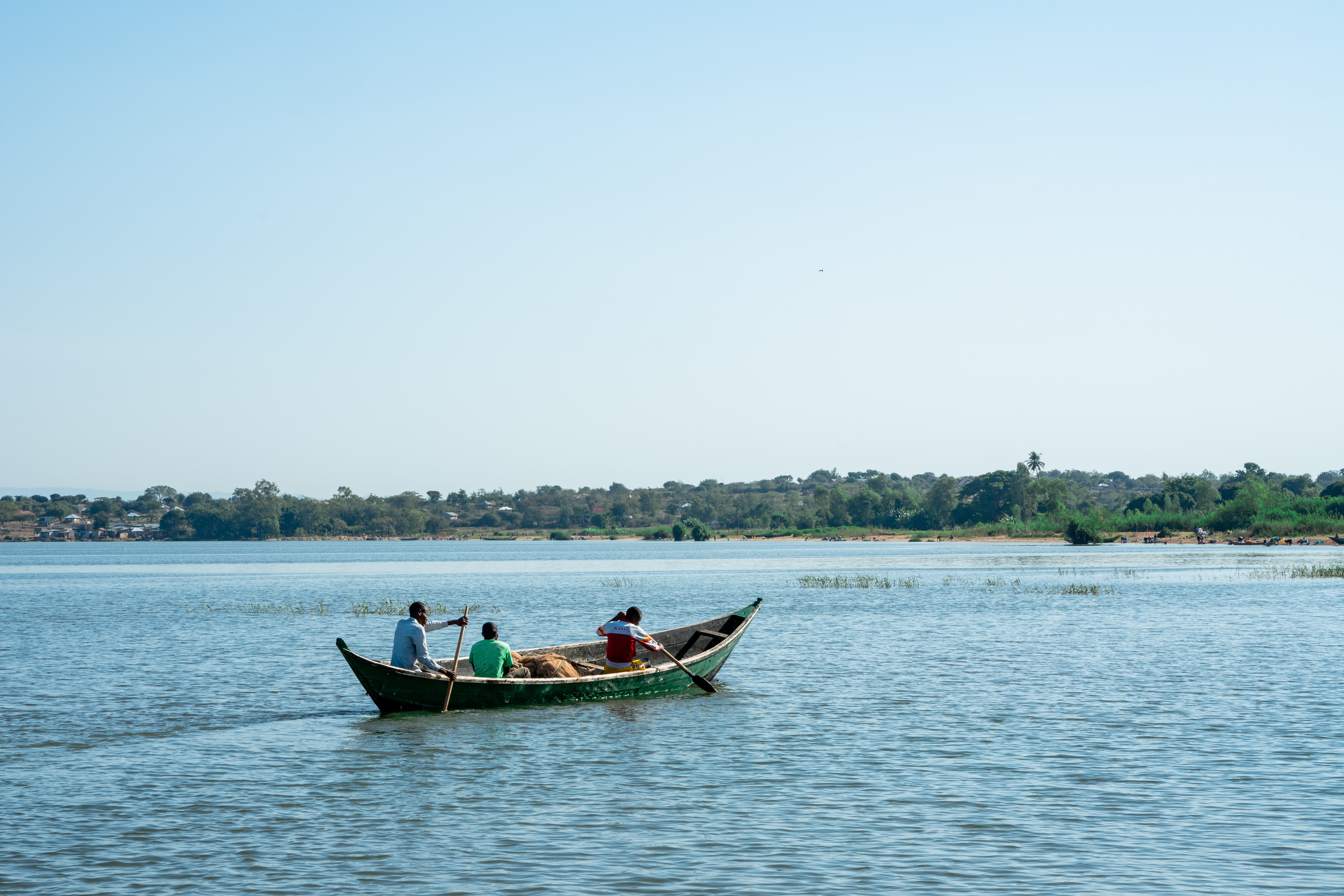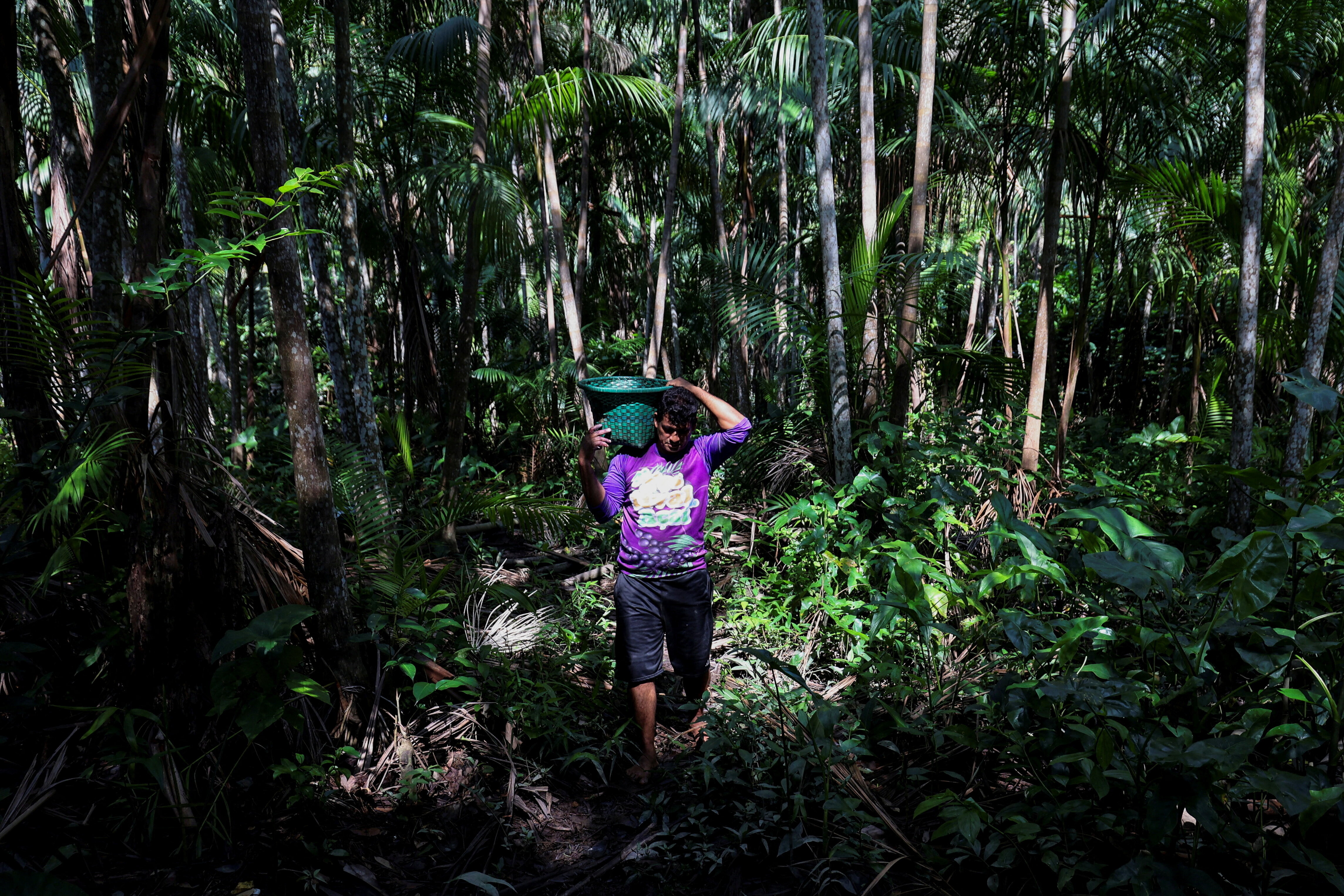One in three people worldwide suffer from malnutrition

Malnutrition is not as one-dimensional as it may seem. Image: REUTERS/ Thierry Gouegnon
If you happen to be sitting with two other people right now, chances are one of you is malnourished. And you might not even know it. Yes, that’s right: one in three people worldwide suffer from malnutrition, and it does not always look the way one might expect.
From the two billion adults who carry too much weight to the 159 million children with stunted growth, malnutrition takes many forms. As a doctor, I see women who appear healthy, but who suffer from anemia, owing partly to low iron intake. And I see relatively able-bodied men with big bellies, which elevate their risk for heart disease.
West Africa is home to some of the world’s highest rates of malnutrition. That includes the most obvious “face” of the condition: roughly 9% of West African children under five are wasted, or too thin for their height. At its most severe, wasting is fatal.
But West Africa also suffers from many other forms of malnutrition. One-third of children under five in the region are stunted (too short for their age), a condition with irreversible effects on cognitive development. According to the Cost of Hunger in Africa studies, stunted children across the continent receive up to 3.6 fewer years of schooling than well-nourished children.
The problem does not affect only children. Half of all women of reproductive age in West Africa are anemic. Not only does anemia contribute to almost one-fifth of global maternal deaths; babies born to anemic women are also more likely to be underweight. The result is a vicious cycle of poor health.

Perhaps the least obvious face of malnutrition is not undernutrition, but excessive weight and obesity. Today, 31% of adults in West Africa are overweight or obese. In Nigeria, my home country, the share is 33%. Beyond heart disease, that extra weight raises the risk of diabetes, high blood pressure, stroke, and more.
Malnutrition also has serious economic consequences. The 2016 Global Nutrition Report estimates that, across Africa, malnutrition results in a loss of 11% of GDP – more than the annual losses brought about by the 2008-2010 global financial crisis.
On an individual level, adults who were stunted in their childhood – a condition that has affected nearly 70% of the working population in some areas – often face a diminished capacity to work and earn a living, owing to the developmental challenges they faced. The effects of wasting on human development and economic progress are almost as profound.
The imperative to tackle malnutrition could not be clearer. Yet progress has been mixed, particularly in West Africa.
To be sure, some countries have had impressive success, thanks to decisive government action. In just a decade, Ghana cut stunting by nearly half, partly through investment in areas that affect nutrition, such as agriculture and social protection. Niger’s government halved the number of deaths of children under the age of five over a similar period, by making specific budget and operational decisions to tackle severe wasting.
But other countries have hardly made a dent in the malnutrition problem. In Togo, stunting rates have barely moved in the last decade. In Mali and Guinea, wasting is on the rise. And these countries are not alone.
Many other African countries may be poised to start writing their own success stories. Côte D’Ivoire has positioned itself to reduce stunting, while Senegal is close to being on track to address wasting. In both countries, extra investment – both political and financial – could have an outsize impact.
Yet donors and governments remain reluctant to provide the needed funding. According to the 2016 Global Nutrition Report, donor funds for nutrition-focused interventions are stagnating at $1 billion. Nine West African governments spend, on average, just over 1% of their budgets on nutrition.
And yet nutrition is one of the best investments we can make, with every $1 invested in nutrition yielding $16 in returns. In many countries, such as India, obesity-related illnesses like heart disease are consuming up to 30% of families’ annual incomes. Unless African governments start making smart choices and smart investments, the continent may face a similar fate.
Many African governments have set out ambitious goals relating to security, stability, and long-term economic prosperity. Nutrition is critical to achieving any of them. It is central to our continent’s development, and should thus be a high priority for our policymakers. Millions of lives depend on it.
Don't miss any update on this topic
Create a free account and access your personalized content collection with our latest publications and analyses.
License and Republishing
World Economic Forum articles may be republished in accordance with the Creative Commons Attribution-NonCommercial-NoDerivatives 4.0 International Public License, and in accordance with our Terms of Use.
The views expressed in this article are those of the author alone and not the World Economic Forum.
Stay up to date:
Agriculture, Food and Beverage
Forum Stories newsletter
Bringing you weekly curated insights and analysis on the global issues that matter.







